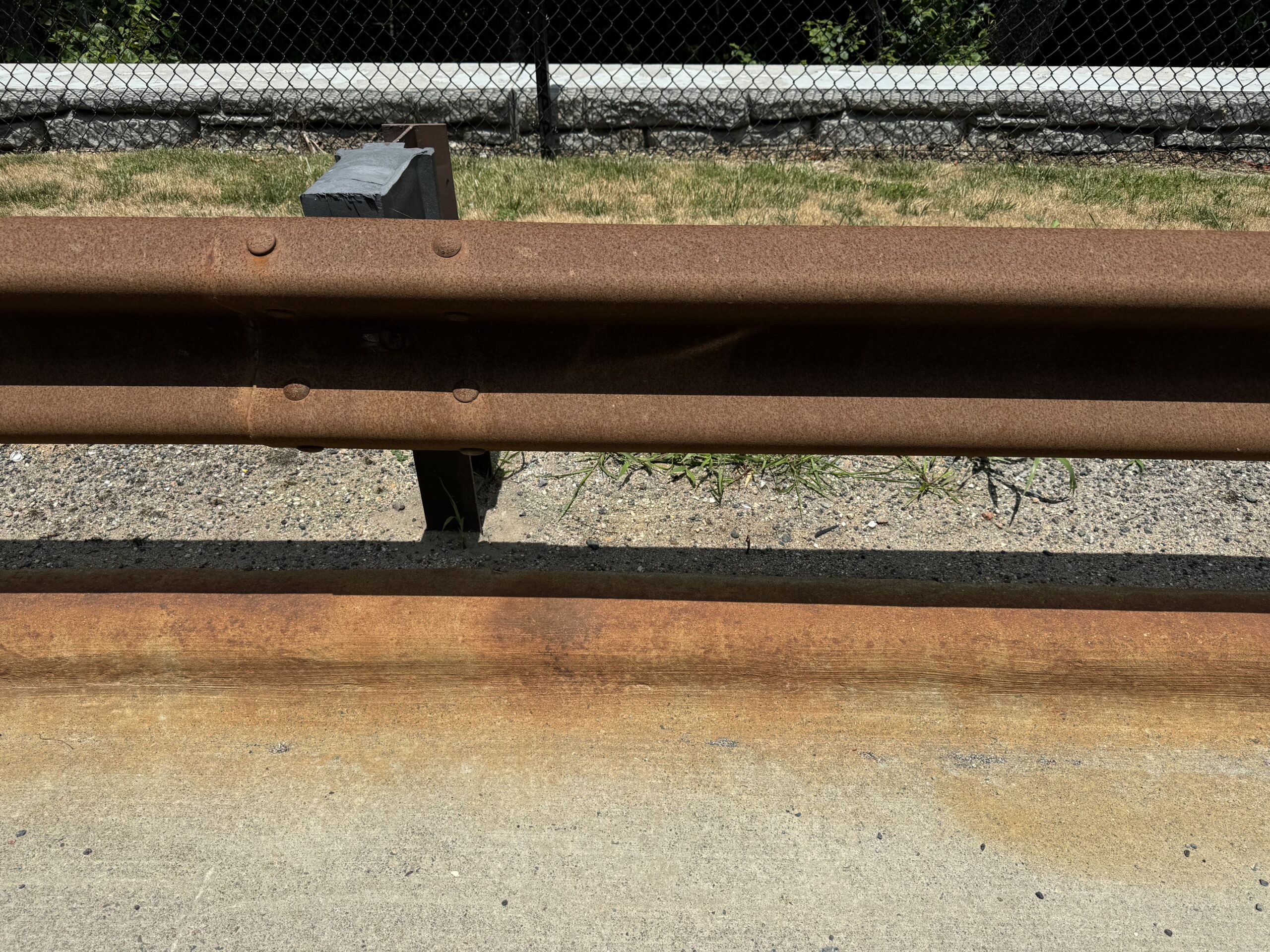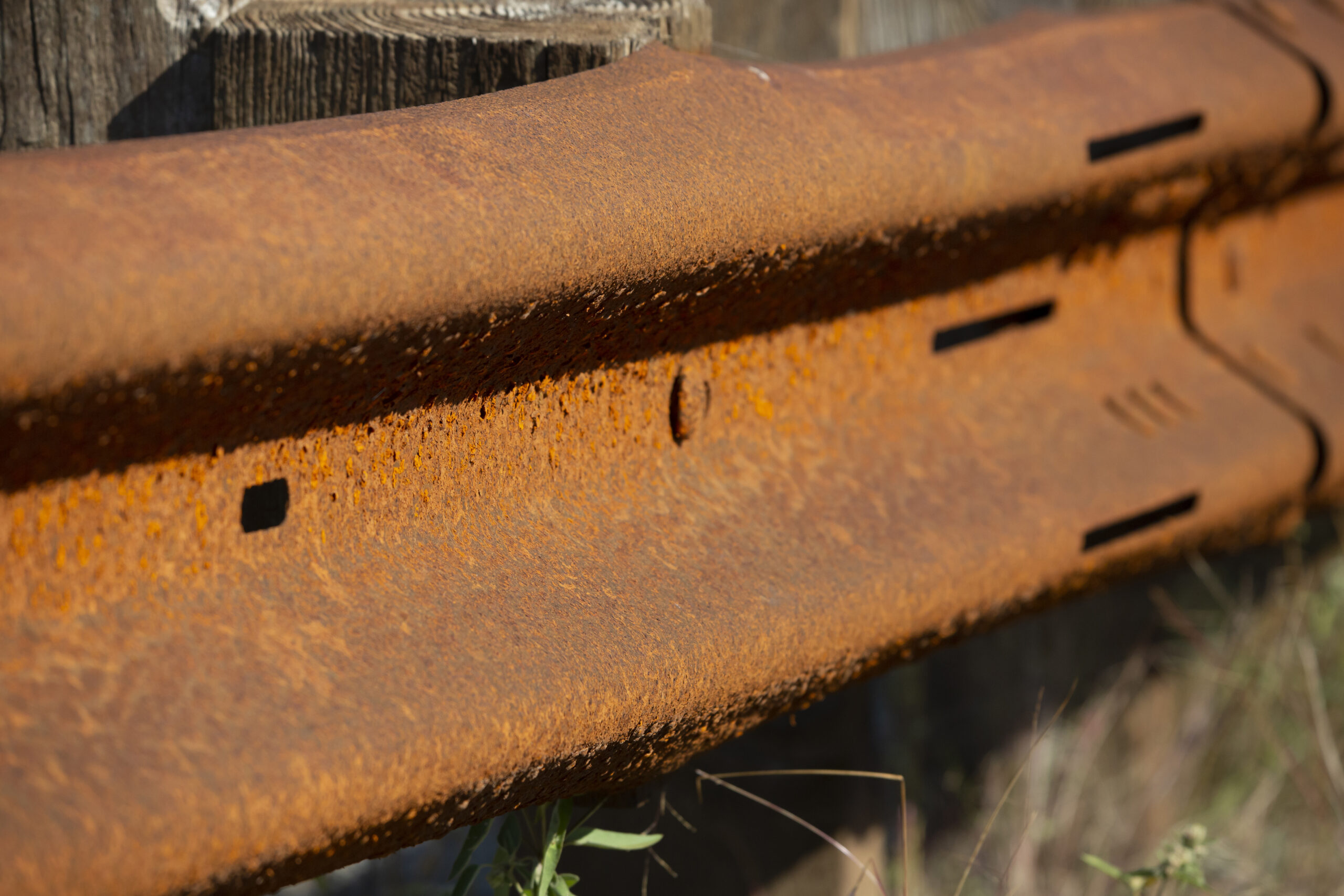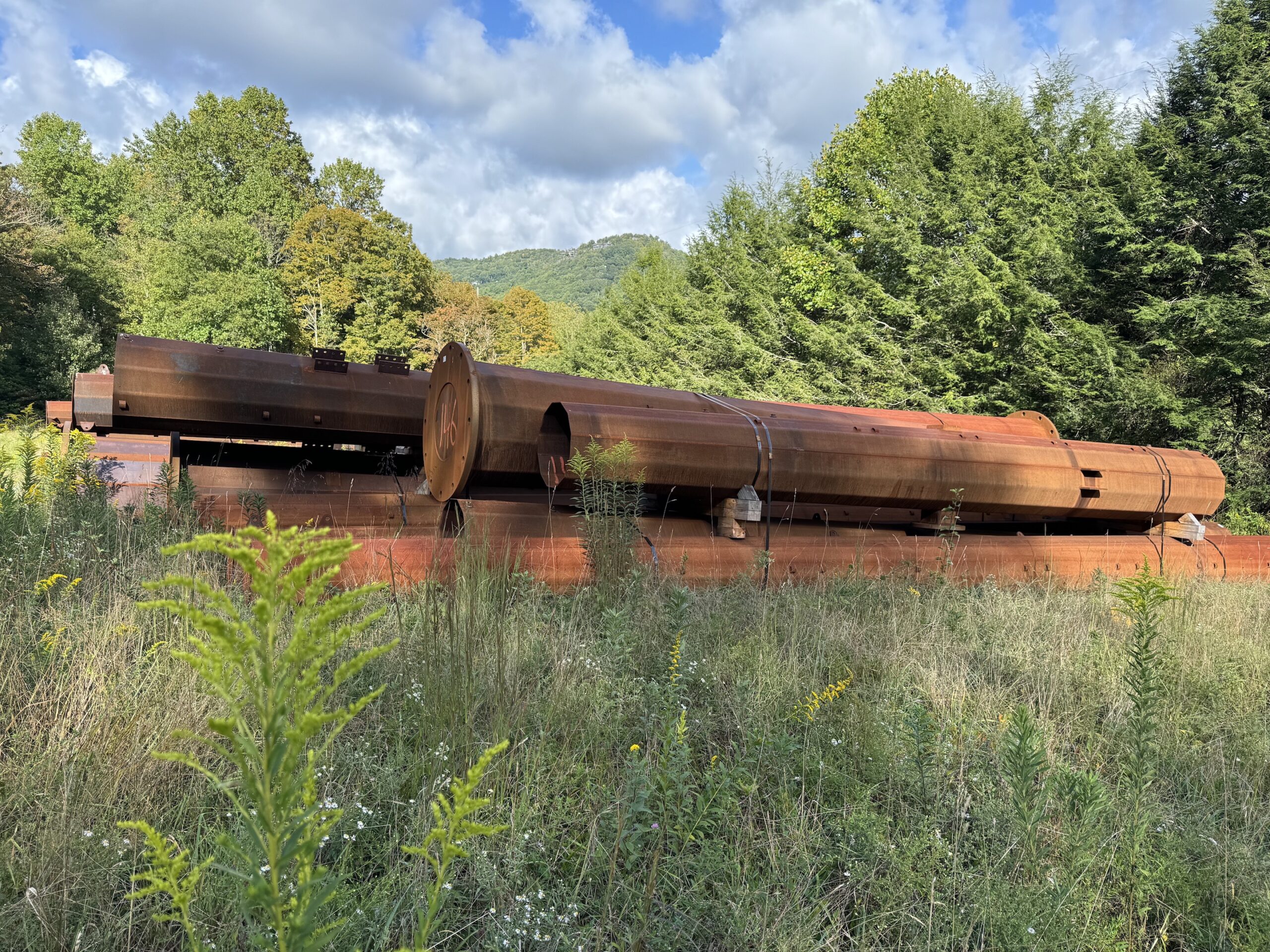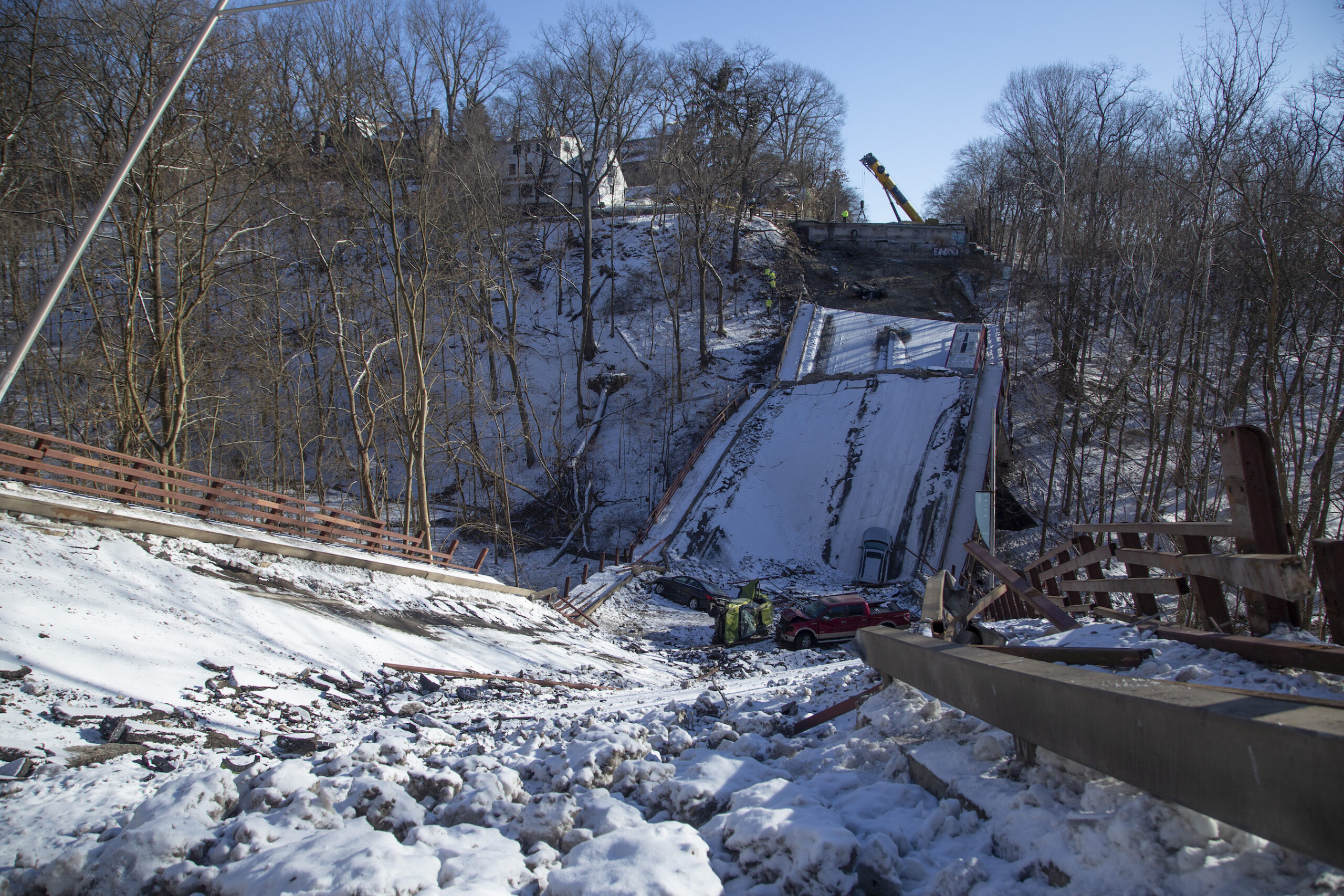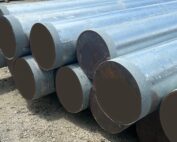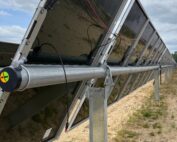What is weathering steel?
While galvanized steel is widely specified for use in construction due to its durability, longevity, and low maintenance costs, “rusting rail” has been used in some areas non-galvanized steel, known as “COR-TEN”, “weathering steel” or “rusting rail,” for aesthetic reasons. So, what are the main differences between weathering steel and galvanized steel? And which is the most reliable choice for your projects? Keep reading to find out!
Unlike galvanized steel, which is protected by an anti-corrosive layer of zinc that is harder than the steel itself, weathering steel is left bare. It has been chosen for roadside guardrails and other structural elements, such as bridge girders and power transmission poles, because the brown “patina” that forms on the surface has been considered more visually appealing, blending in better with outdoor environments.
This “patina” is a result of natural corrosion caused by the repeated process of wetting and drying and could theoretically act to protect the underlying steel. There are a number of uncontrollable variables, however, that can negatively influence this process, causing the patina to weaken the steel rather than protect it. Exposure to chemical corrosives, as well as rain, snow, dirt, mud, pollution, sun, shade, humidity, and temperature can each have detrimental effect on the rate of corrosion and the potential life span of weathering steel installations.
